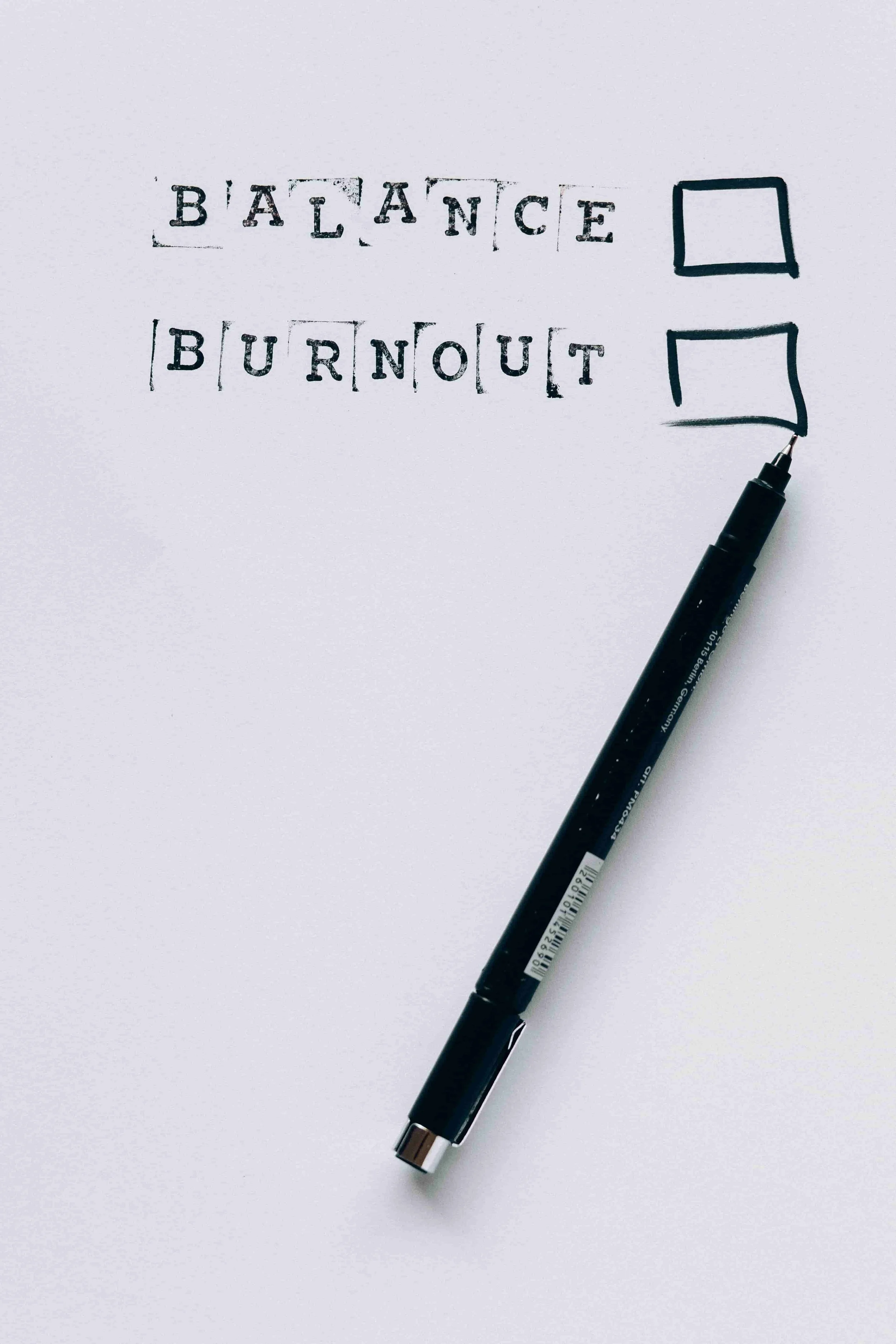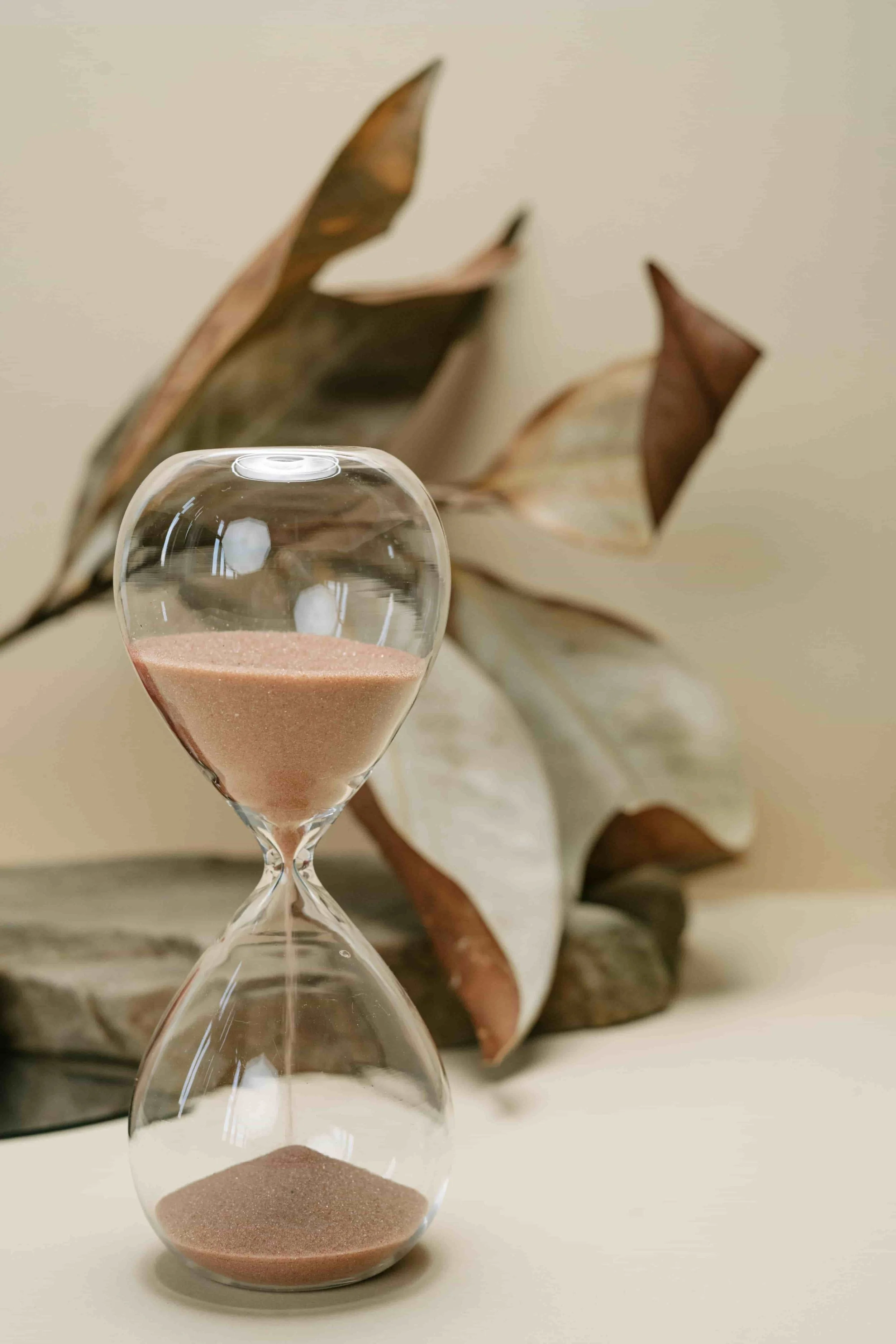Real Workplace Productivity Tips For Anxious Professionals
You’ve always been motivated and ambitious and take pride in having done well with workplace productivity. You anticipate people’s needs before they ask, meet deadlines early, and reliably help others. But lately, the weight of this pressure to perform feels as crushing as pushing a boulder up Fort George Hill in Inwood. You’re always exhausted, your focus has become scattered, and even small tasks have started to feel overwhelming. At the same time, the idea of slowing down makes you feel anxious. You don’t want people to think you’re lazy and unproductive, and you worry that you’ll fall behind if you’re not constantly hustling.
This is the paradox that many high-achieving Asian American women face at work. Your drive fuels success, but your anxiety quietly undermines it. You were taught not to make waves, to work hard without complaint, and to achieve not just for yourself but for your family’s sacrifices. And while this mindset can bring excellence, it can also lead to perfectionism, people-pleasing, and burnout.
Anxiety affects more than how you feel. It can also determine how you work. Research has shown that anxiety reliably contributes to burnout (consisting of emotional exhaustion, depersonalization, and reduced personal accomplishment), which, in turn, reduces meaningful engagement with work, including focus on tasks and connections with colleagues (Perepelkin & Wilson, 2023). Workplace productivity isn’t just about time management or hustle. It’s about learning to work with your emotions, not against them.
This post offers practical, research-informed strategies to help you improve workplace productivity without feeding burnout. View them as tools to help you feel more grounded, focused, and in control, even in high-pressure environments.
Tip #1. Track emotional productivity.
We tend to measure productivity in hours logged or boxes checked off. But emotional productivity, or the ability to understand how your emotions shape your work, is just as important.
Anxiety is often framed as a motivator, especially in competitive work cultures. But high anxiety impairs working memory, decision-making, and task completion (Moran, 2016). When anxiety has taken control of the steering wheel, you might spend an hour rewriting a single email or avoid starting a project entirely. Yosopov and colleagues (2024) found that unchecked anxiety can lead to over-analysis and emotional paralysis, which looks like procrastination on the surface but is often a form of perfectionism that stems from the fear of making mistakes or not meeting one’s own expectations.
Instead of pushing through without pausing, try noticing the emotional patterns behind your productivity. Are there certain tasks that trigger dread? Do you tend to overwork when you feel uncertain or insecure?
Action step: For the next week, log your tasks alongside your emotional state. Track what you were doing and how you felt before, during, and after each task. Over time, you’ll start to notice patterns such as which types of work spark clarity versus which ones spiral into self-doubt. This awareness can help you restructure your day around your energy and emotional rhythms.
Tip #2. Micro-step your tasks to enhance workplace productivity.
For anxious high performers, “just start” can feel impossible. Big tasks activate fear of failure and overthinking. You might freeze or put things off until the last minute, then sprint to finish in a panic. It’s your nervous system reacting to perceived threat.
Chunking tasks into baby steps makes work feel safer and more manageable. Research in workplace psychology shows that breaking larger goals into small, concrete tasks reduces stress and increases follow-through (Baumeister & Tierney, 2011; Rai et al., 2023). These smaller steps give your brain early wins, which boost dopamine and build momentum.
This strategy is especially helpful for perfectionists who believe that work must be done flawlessly or not at all. Micro-stepping reduces the emotional charge and creates space for flexibility and learning.
Action step: Try setting a timer for 15 minutes. Choose a small part of a larger task (e.g., outlining the intro to a report, gathering resources, or brainstorming ideas) and focus only on that. When the timer ends, check in. You can stop or keep going. Either way, you’ve taken a meaningful step forward.
Tip #3. Schedule “unproductive” breaks.
If you tend to push through the day without stopping, you’re not alone. Many high-achievers grew up learning that rest is indulgent or only earned after finishing everything. But in reality, constant output without recovery drains mental clarity and worsens anxiety.
Intentional breaks improve emotional regulation and workplace productivity. According to Albulescu and colleagues (2025), short, restorative breaks support executive functioning and resilience (important for complex problem-solving and emotional balance) by reducing fatigue, increasing vigor, and helping the mind reset after staying focused for a long time. Without recovery time, your stress hormones stay elevated, impairing memory, focus, and impulse control (McEwen & Gianaros, 2011).
The key is to make your breaks intentional and rhythmic, not just scrolling on your phone when your brain gives out.
Action step: Schedule one 10 to 15 minute break after a high-effort task or meeting. During this time, step away from screens. Try gentle movement, a short walk, breathing exercises, or simply doing nothing. Your brain needs downtime to recharge, not just your body.
Tip #4. Use anxiety as data.
High-achieving Asian American women are often taught to suppress discomfort. You might feel the urge to hide your stress, downplay your fears, or dismiss anxiety as weakness. But anxiety is a signal. When ignored, it grows louder. When explored with curiosity, it can become data.
Rather than viewing anxiety as something to fix, consider it information. What is it trying to tell you? Are you stretched too thin? Are you trying to meet a standard that isn’t yours?
Reframing anxiety as feedback can help transform worry into purposeful action (Creswell, Lindsay, & Moyers, 2014; Twohig & Levin, 2017). This shift builds self-trust and helps regulate your nervous system. Instead of spiraling, you can respond with care and clarity.
Action step: When anxiety surfaces, pause and ask, “What is this feeling telling me?” Then take a micro-action based on that insight. If you’re feeling scattered, it could be a sign to prioritize one task. If you’re ruminating about an interaction, maybe you need to clarify expectations or reconnect with someone. Anxiety often points toward unmet needs.
Tip #5. Schedule regular feedback check-ins.
Many anxious professionals fear falling short, but they also fear asking for feedback. What ends up happening is that you work longer hours to overcompensate, second-guess your choices, or avoid delegation to keep control. This overwork often comes from the discomfort with ambiguity.
Regular check-ins help reduce anxiety, miscommunication, and wasted effort. Research suggests that feedback improves psychological safety, productivity, and alignment. When you know how you’re doing and what’s expected, you can direct your energy where it matters most (Almahri & Wahab, 2023).
This is especially helpful for those who default to people-pleasing. When you build feedback into your workflow, you rely less on guessing others’ opinions and more on mutual clarity.
Action step: Schedule a brief check-in every two weeks with your manager or key collaborators/stakeholders. Ask what’s working, what needs adjustment, and how your efforts align with team priorities. These conversations reduce uncertainty and help you manage your workload with confidence.
Honor Ambition Without Burning Out
Workplace productivity isn’t just about output. It’s about sustainable energy, clarity, and purpose. For many high-achieving Asian American women, that means unlearning the belief that your worth is tied to how much you produce or how perfectly you perform.
These strategies (emotional tracking, micro-stepping, intentional breaks, anxiety reframing, and regular feedback) aren’t just productivity tools. They’re practices of self-awareness and self-respect. They help you slow down without shutting down and move forward without losing yourself.
You deserve a work life that honors both your ambition and your well-being.
If you need support with engaging in work sustainably in a culturally attuned, compassionate way, feel free to reach out for a free 15-minute consultation by completing the contact form.






